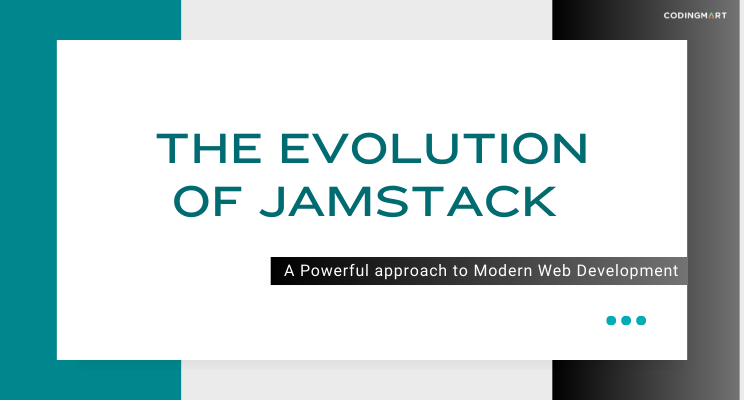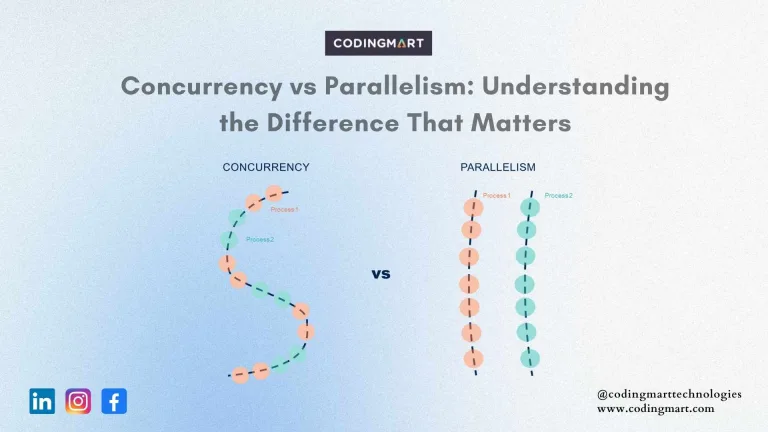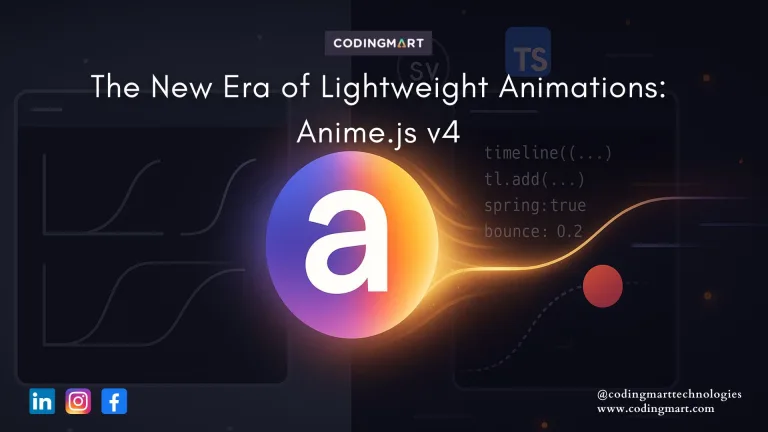blogs
Understanding Jamstack: Modern Web Development Without Databases

So, what exactly is Jamstack?
Jamstack is a modern architecture for building websites and applications. TheJam in Jamstack stands for JavaScript, APIs, and HTML markup. Unlike websites built using WordPress or Drupal, Jamstack sites do not require a database. You can even skip the web server, and opt to host your site using an object storage service and a content delivery network (or CDN).
To understand why Jamstack is revolutionary, it’s essential to compare it with the conventional LAMP stack, which has been the predominant approach to web development for the past 15 years. The LAMP stack comprises Linux (the operating system powering most web servers), Apache (the server software on those Linux machines), MySQL (the database storing web application data), and PHP/Perl (the languages used for server-side code). When you visit a LAMP-based website in your browser, the web server dynamically executes the server-side code, generating the web page on the spot, and retrieving data as required from the MySQL database.
The LAMP architecture lets developers create dynamic and interactive websites, but it also requires a powerful web server, and the more traffic a site gets, the more server-side computing power it needs. Even with a fully featured server, dynamic web pages can take a long time to build and load. In a world of people with short attention spans, who are often browsing the web on their phones, that delay has become a major pain point.
Jamstack was born as part of the static website movement, which arose in 2015 as a reaction against this traditional model of how a website should work.
Let’s see some of its major features :
Compiling The UI : The Jamstack Advantage
Jamstack emphasizes compiling the user interface, striving to do the right work at the right times. By pre-rendering the entire site and leveraging static assets through Content Delivery Networks (CDNs), developers achieve faster load times and improved reliability.
Decoupled Frontend for Simplicity
The architecture decouples the frontend from backend services, resulting in a clear contract for UI communication with the system. This simplification reduces complexities, making it easier to understand how external changes affect the frontend’s operation. By decoupling the services needed to operate a site, each component part can become easier to reason about, can be independently swapped out or upgraded, and can be designated the purview of dedicated specialists either within an organization or as a third party.
Pulling Data As Needed : Dynamic and Personalized Web Apps
Jamstack doesn’t stop at pre-rendering. It also allows developers to request data from the frontend, enabling the creation of dynamic and personalized web apps. Asynchronous data loading powers rich and interactive experiences. A good example is the frontend of the Netlify UI, which is itself a Jamstack application built and run on Netlify. It pre-compiles an app shell and then uses asynchronous requests to hit the API to load data about its users and their sites. Whether you’re using REST, GraphQL, or WebSockets, if you’re precompiling as much of the UI as possible and loading data to give your users a dynamic, customized experience, then you’re shipping the Jamstack architecture.
Distributed Persistent Rendering (DPR) :
The approach Distributed Persistent Rendering or DPR is an architecture for incremental builds that can be compatible across almost every framework and Jamstack site generator, from 11ty to Nuxt to Next.js. DPR will dramatically reduce upfront build times for larger sites, solving a core criticism of static site generation. It is an approach to sharing the work of rendering page views and persisting them as part of the latest deployment. Some pages are rendered as part of a build, others are rendered on demand when first requested via their URL. In this way, build times can be kept manageable for even very large sites as nominated pages can have their rendering deferred until first requested.
Speeding Up Larger Sites
To address the challenge of larger sites’ build times, new innovations like esbuild, Vite, and Snowpack have emerged. They significantly reduce build times, making it possible to build even more massive sites with ease. But pre-rendering a larger website may also mean waiting several minutes each time there’s a new deployment. That’s why we have the raw speed of esbuild, the new “extremely fast JavaScript compiler.” A production bundle that may take Parcel or Webpack over a minute to compile can be completed by esbuild in under a second. And build tools like Vite and Snowpack lean on native ES modules to make local development feel nearly instantaneous.
Headless CMS
CMS for Jamstack sites works differently, and they are generally known as headless. A headless CMS offers a UI for entering and managing content and a database or other means of storing it but does not generate HTML code for a browser to parse. Instead, the website’s static HTML pages use JavaScript to make calls to the CMS’s APIs, and the CMS returns the content in a format that JavaScript can turn into a web page. This system thoroughly separates content from presentation, which of course is a longstanding ideal of programming. Because the CMS has an accessible API, multiple web pages can easily use it. For instance, if you’ve built separate mobile, desktop, and smartwatch versions of your website, all of these versions can access the same content stored in the CMS.
Jamstack Advantages
- Security : Most of the cyberattacks are focused on servers or databases. The JAMstack framework takes them entirely out of the picture. As all the elements are decoupled, there is no chance of a malicious attack on the framework, unlike CMS.
- Scalability : As there are no servers and you rely on a powerful CDN, there will be no hassle for you in expanding. Another reason is all the heavy lifting done on the client’s end.
- Better developer experience : Developers can use their own tech stack; therefore, there is no need for them to rely on a particular one. Moreover, the decoupling of the three elements in JAMstack offers them immense flexibility to develop better apps.
- Speed : As database or server-related calls are very limited in JAMstack, the page loading speed increases remarkably.
Jamstack Limitations
The JAMstack ecosystem is not flawless, just like anything else. A few limitations are important to note. This consists:
- Long Build Times – One drawback of JAMstack websites is that you have to rebuild the entire site if you change a page. This can be slow for websites with thousands of pages, as you might expect. If you have development skills, you can solve this problem by using incremental builds, generating the website with Gatsby, or using Next.js
- Unfriendly for Beginners – Making the most of JAMstack requires more knowledge than just the fundamentals of web development, thus it isn’t very user-friendly for beginners.
The future of Jamstack is bright, promising larger-scale sites, dynamic web apps, and increased inclusivity across development teams. Embrace the power of Jamstack and unlock a new realm of possibilities for web development!
Let’s keep pushing the boundaries and building a better web together.


